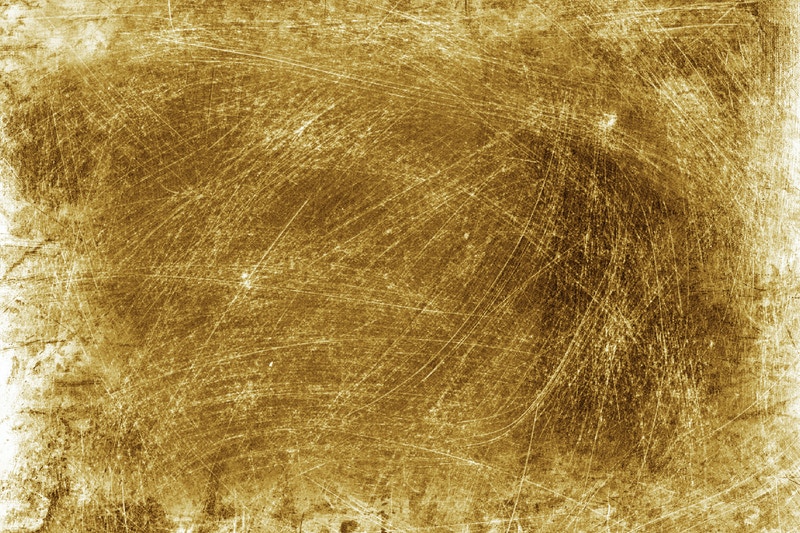

Printed circuit boards (PCB) are used in most electronics and represented a big jump in technology when they were first introduced. IPCandrsquo;s World PCB Production Report says that in 2012, the global market for the small components reached almost $60 billion, this was a 1.7% increase over the year before. That number is just going to grow and more and more products use PCB technology. All of this underscores in the important role prototype PCB manufacturing plays in modern life. Who can really live without their devices?
What are prototype PCBs? Simply put, they are Printed Circuit Board samples or an experiment, if you will, to route out potential performance flaws in the PCB. The prototype PCB manufacturing process allows engineers to find the problems with the circuit board and fix them before they go ahead and make the PCB that will end up in so many of the electronic products that everyone has some to rely on. The prototype PCB manufacturing process is quick and easy and makes for a great method to do trial and error analysis. It is a lot cheaper than letting problems with the PCBs go undetected. Without this step, it would be hard to get the products to market as efficiently as is done today.
Why Use Prototype Printed Circuit Boards?
Before the advent of the PCB, all of the internal workings that were in electronic products and equipment were large, bulky and hard to work with and manage. Everything took up so much space that it was hard to see how these products could be useful in many settings. The invention of the PCB changed all of that. Now, these same products could be manufactured faster, the end product was smaller and they all lost the bulky and hideous appearance early electronic products were known for. There are some other benefits to their use, however, they are:
- PCBs are easy to fix. PCBs are very small. It is incredibly easy to just look them over and see if they need any repairs or changes to be made. They are also easy to analyze. An important aspect of the PCB is the electricity flow along the board itself. If there is a problem with the electricity flow on a PCB it will be obvious to anyone who has the task of examining it. The component functions can be readily viewed, studied and figured out. As compact and small as everything is on the PCB, it is still very clear what goes where and what does what. If there is a problem with the board, it can be corrected early enough in the process that the final product will not be held up too long.
- PCBs are self contained. All of the connections on the board are connected completely to the board itself. There is no slippage of component parts. This is an important part of the prototype PCB manufacturing process. There are two ways the components are attached to the board. They can be put “through the hole” (older technology) or via newer surface mount technology. This gives engineers more ways to check the boards and to make improvements or add features as they see fit. Everything is well labeled and easy to trace. There is not a lot of guesswork with PCBs and that is a good thing for the reliability of the products that rely on them.
- PCBs can be used in many applications. Because of its size, the PCB can be used in a lot of places for a lot of different products. They can go where other kinds of components cannot. They make many of the small devices people love so much possible. The first few generations of electronic products were anything but portable. Now we all carry at least one electronic device with us most of the time.
- PCBsandnbsp;are specific. Each PCB is uniquely crafted and designed for a specific use. Computer-aided design software lays out the circuit design of each board. There is a space of usually about 0.04 inches or less between the electrical paths. The software also maps the contact points and holes for any component leads. This makes them very useful for the device or product they are being used in.
andnbsp;
andnbsp;
andnbsp;